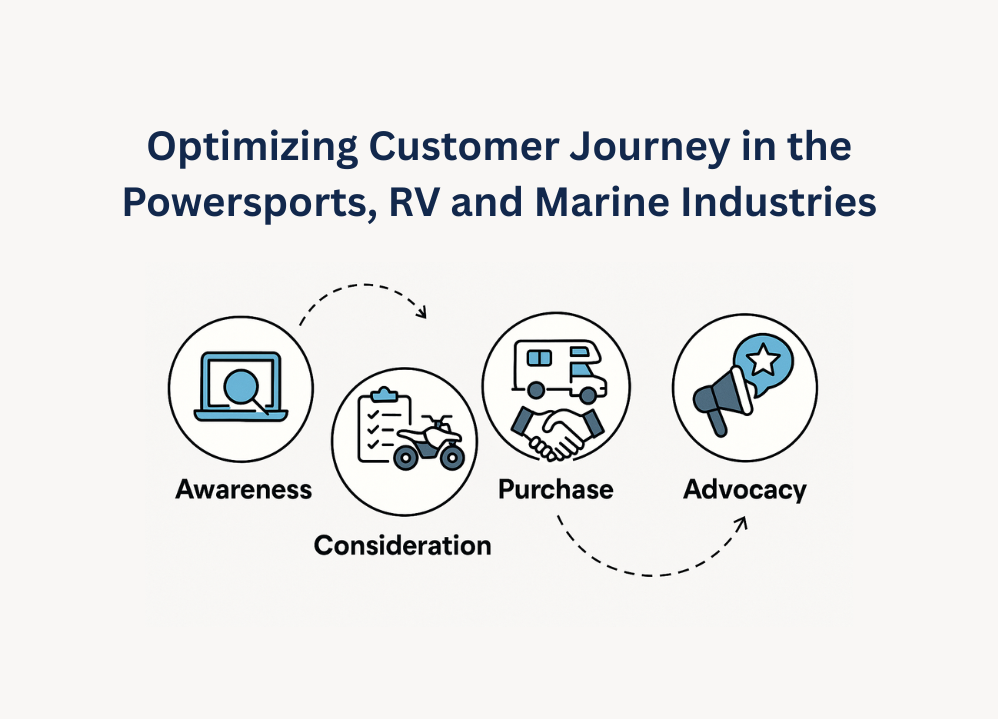With a powerful tool like marketing automation, sales reps find themselves with a wealth of data and information at their fingertips (who their prospect is, their interests, their web browsing habits, their pain points, etc.), and it’s crucial to know how to use this information effectively — without being creepy.
There’s a fine line in the digital marketplace: the line between enjoying a personalized shopping experience and feeling somewhat stalked by a brand. It’s refreshing to have a personalized experience, but there’s still something uncomfortable about a brand knowing your every move online. So, as a sales rep, how can you effectively use data captured with marketing automation without making your prospects feel creeped out? We got you covered with these three tips:
Understand prospect activity. Know which actions deserve a follow-up.
Most marketing automation platforms (like Aimbase) will provide you will a prospect activity timeline, which highlights a prospect’s interactions with your online content. See an example from Aimbase below:
Armed with this data, sales reps may be tempted to pounce on every action a prospect takes online, but it’s important to understand which actions deserve a follow-up. For example, if you receive a lead notification, always follow-up with that person. If someone is looking on the pricing page, that person probably deserves a call. If someone reads an email or a blog post, that prospect probably does not deserve a call, unless you are aware of additional information such as an upcoming opportunity to bid.
Don’t mention the event that happened.
Sales reps should always follow-up with relevant prospects, but they should avoid asking about the specific action (e.g. a white paper they just downloaded) they took. Salespeople should focus on the trend, not the action.
Look at what the action says about the prospect, not just at what the prospect did. For example, if someone downloads an early-stage piece of content, you know where that prospect is in the buyer’s journey. Your follow-up should be relevant to early-stage issues. Don’t reference the prospect’s past action, instead, propose something else that other people found helpful in that stage.
The key is relevance — and knowing what someone just downloaded gives you something relevant to talk about. The key is how to do it without being too forward.
Timing is everything.
It’s best to not immediately contact a prospect who may appear to be sales-ready, especially if they are merely browsing your website. It’s usually best to wait until the next day to follow-up, that way, your content is still fresh in their mind and it doesn’t look like you are watching them.
No matter how you plan to use the prospect data gathered from marketing automation, it’s always best to err on the side of caution when conducting your sales call. You have the data you need to close the deal or get the meeting, but don’t give away too much information – it may come off creepy.




